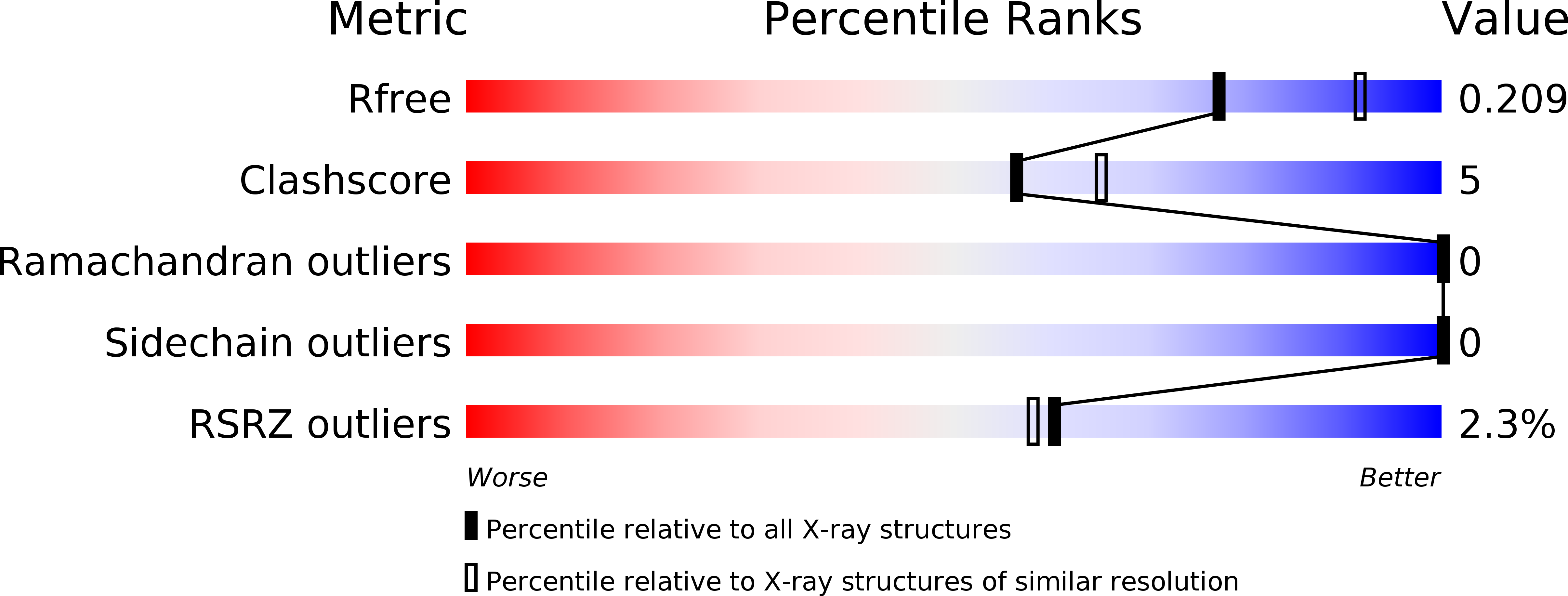
Deposition Date
2011-07-12
Release Date
2011-08-17
Last Version Date
2024-11-20
Entry Detail
PDB ID:
3SVV
Keywords:
Title:
Crystal Structure of T338C c-Src covalently bound to vinylsulfonamide-pyrazolopyrimidine 9
Biological Source:
Source Organism:
Gallus gallus (Taxon ID: 9031)
Host Organism:
Method Details:
Experimental Method:
Resolution:
2.20 Å
R-Value Free:
0.21
R-Value Work:
0.17
R-Value Observed:
0.17
Space Group:
P 1


